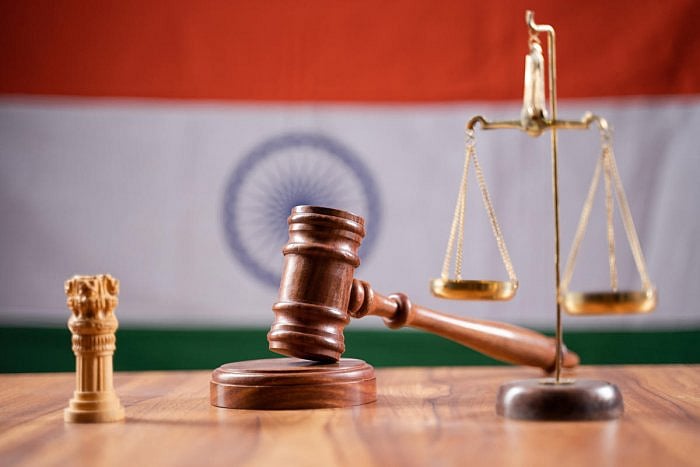

The pestering border disputes among the States which are largely peaceful have caught the eye due to the violence which erupted in the North-East recently. Undoubtedly, the no-conflict principle is ideal, but it is an impossible task to be achieved. If so, an adjudication of disputes amongst the states or provinces is a necessary feature of federalism. The Chief Justice of US Supreme Court Fuller (Kansas vs. Colorado while referring to the border dispute in Rhode Island vs. Massachusetts) asserted judicial power on the premise that “The States of this Union cannot make war upon each other. They cannot grant letters of marque and reprisal. …”
There may be two kinds of border rows between two political entities, whether at international level or within the federal systems. The boundary line disputes arise over differences in the interpretation of maps and may not have political overtones. The territorial border disputes are more complex, which involve not only title issues, but may stem from deep rooted cultural or ethnic nationalism.
The British India being unitary till 1936 had no inter-state conflicts. The princely states fought on boundary lines, sometimes aggressively, but had to settle the differences on the advice of Paramountcy – an imperial power of Secretary of State for India in London.
Also Read | Border disputes: The fraught lines within
The Constitution of India provides a framework for resolution of border disputes between the states. The states are free to settle disputes by mutual agreements. Alternatively, the States may knock on the doors of the Inter-State Council established under Article 263 of the Constitution. However, it does not have power to give authoritative ruling on the dispute. The judicial remedy of filing an original suit in the Supreme Court under Article 131 of the Constitution is the last resort available to resolve disputes. This compulsory jurisdiction of the Supreme Court to resolve federal disputes has its precursor in Section 204 of the Government of India Act of 1935 invented by the British Parliament based on models under Constitutions of the United States of America, Australia and Switzerland.
The states in India are created by Article 1 of the Constitution. The states can be formed or abolished by Parliament under Article 3 of the Constitution. The States’ Reorganisation Act of 1956 established linguistic states. If it is the privilege of Parliament to create or abolish the states, no part of the territory of India can claim to be a part of a particular state. However, it is not so simple on the ground.
Most of the inter-state boundary disputes in India are in its north-eastern region, with Assam being a common factor. Odisha has border disputes with Chhattisgarh, West Bengal and Andhra Pradesh. The border dispute between Maharashtra and Karnataka has strong linguistic overtones, even though it is sealed by the Act of 1956. The territorial border dispute on villages in Koraput district between Odisha and Andhra Pradesh is the only case decided by the Supreme Court so far. Some disputes are still pending before the Supreme Court. Sir Owen Dixon, Chief Justice of Australia said – “Close adherence to legal reasoning is the only way to maintain the confidence of all parties in federal conflicts.” Dixonian Strict Legalism is the key to resolve border disputes.
(The writer is a senior advocate designated by the Supreme Court of India.)